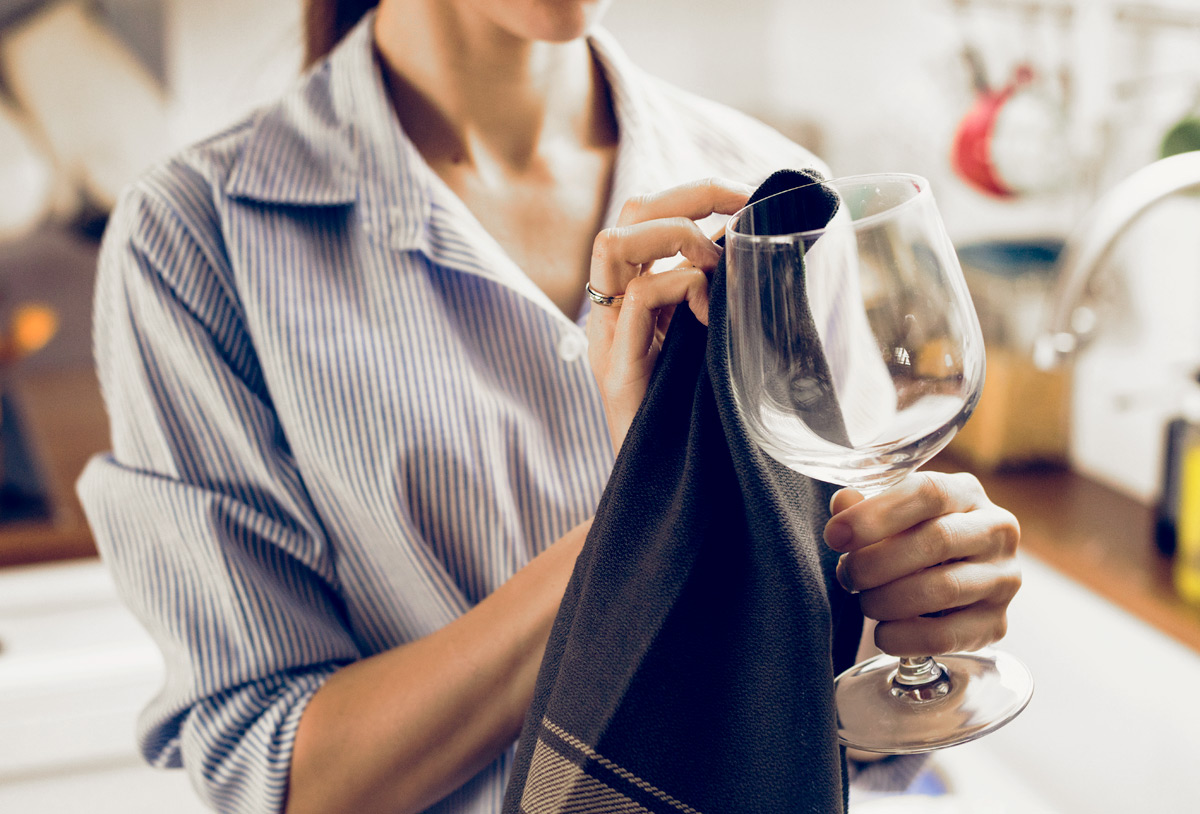

Tableware
How To Clean Wine Glasses
Modified: April 22, 2024
Learn the best way to clean your wine glasses and keep your tableware looking sparkling and new. Find helpful tips and tricks for maintaining and preserving your glassware.
(Many of the links in this article redirect to a specific reviewed product. Your purchase of these products through affiliate links helps to generate commission for Storables.com, at no extra cost. Learn more)
Introduction
Welcome to our comprehensive guide on how to clean wine glasses. Whether you’re an avid wine connoisseur or simply enjoy sipping a glass of your favorite vintage on special occasions, it’s essential to keep your wine glasses sparkling clean. Not only does cleaning your wine glasses maintain their pristine appearance, but it also ensures that your wine tastes its best.
Wine glasses are delicate and can be easily stained or damaged if not cleaned properly. As a result, it’s crucial to follow the right techniques and use the appropriate materials to maintain their clarity and shine. In this article, we’ll walk you through step-by-step instructions on how to clean your wine glasses to perfection.
Before we delve into the cleaning process, let’s discuss the materials you will need:
Key Takeaways:
- Keep your wine glasses sparkling clean by using mild dish soap, white vinegar, and a gentle touch. Hand-washing or using a dishwasher, followed by proper drying and polishing, ensures a pristine appearance for your next wine-tasting experience.
- Master the art of cleaning wine glasses to elevate your wine-drinking experience. From preparing and hand-washing to removing stubborn stains and polishing, follow these steps to maintain sparkling brilliance and impress your guests. Cheers to clean and sparkling wine glasses!
Read more: How To Clean Cloudy Wine Glasses
Materials Needed
- Mild dish soap
- White vinegar
- Microfiber cloth or lint-free towel
- Soft sponge or brush
- Drying rack or clean, lint-free cloth
Now that you have all the necessary materials, let’s get started with our step-by-step guide on cleaning your wine glasses.
Key Takeaways:
- Keep your wine glasses sparkling clean by using mild dish soap, white vinegar, and a gentle touch. Hand-washing or using a dishwasher, followed by proper drying and polishing, ensures a pristine appearance for your next wine-tasting experience.
- Master the art of cleaning wine glasses to elevate your wine-drinking experience. From preparing and hand-washing to removing stubborn stains and polishing, follow these steps to maintain sparkling brilliance and impress your guests. Cheers to clean and sparkling wine glasses!
Read more: How To Clean Cloudy Wine Glasses
Materials Needed
Before you begin cleaning your wine glasses, make sure you gather all the necessary materials. Having the right tools will ensure a thorough and effective cleaning process. Here are the materials you will need:
- Mild Dish Soap: Choose a gentle dish soap that doesn’t contain harsh chemicals or fragrances. This will help prevent any residue or odor from affecting the flavor of your wine.
- White Vinegar: White vinegar is excellent for removing stubborn stains and water spots from your wine glasses. It’s a natural cleaning agent that won’t leave behind any harmful residue.
- Microfiber Cloth or Lint-Free Towel: These soft and absorbent materials are perfect for drying and polishing your wine glasses without leaving any lint or streaks.
- Soft Sponge or Brush: Use a soft sponge or brush to gently scrub away any dirt or stains from the wine glasses. Make sure the sponge or brush is clean and free of any debris that could scratch the glass.
- Drying Rack or Clean, Lint-Free Cloth: If you prefer to air-dry your wine glasses, a drying rack will keep them stable and allow them to dry without touching any surfaces. Alternatively, you can use a clean, lint-free cloth to carefully dry the glasses by hand.
Once you have collected all these materials, you’re ready to start cleaning your wine glasses. The next sections will guide you through the step-by-step process of hand-washing and using a dishwasher to clean your glasses.
Step 1: Preparing the Glasses
Before you begin cleaning your wine glasses, it’s essential to prepare them properly. This step ensures that your glasses are ready for a thorough cleaning, removing any residual wine or debris. Follow these steps to prepare your wine glasses:
- Empty the glasses: Start by emptying any remaining wine from the glasses. Carefully pour out the contents and dispose of them properly.
- Rinse with warm water: Hold each wine glass under warm running water to rinse off any loose particles or residue. Make sure to rinse both the inside and outside of the glasses.
- Inspect for stains or damage: Take a close look at each wine glass to check for any visible stains, watermarks, or damage. It’s essential to identify any problematic areas that may require extra attention during the cleaning process.
Once you have prepared your wine glasses, you’re ready to move on to the next step: hand-washing or using a dishwasher to clean your glasses. Depending on your preference and the fragility of your wine glasses, choose the method that suits you best. The following sections will guide you through both methods, so you can choose the one that works best for you.
Step 2: Hand-Washing Method
The hand-washing method is ideal for wine glasses that are delicate or have intricate designs. It allows you to have more control over the cleaning process, ensuring gentle care for your glasses. Follow these steps to hand-wash your wine glasses:
- Fill the sink: Fill a clean sink or basin with warm water. Avoid using hot water as it can cause thermal shock and potentially damage the glasses.
- Add dish soap: Add a few drops of mild dish soap to the warm water. Swirl the water gently to create a soapy solution.
- Place the glasses: Submerge each wine glass into the soapy water, one at a time. Let them soak for a few minutes to loosen any dirt or residue.
- Wash the glasses: Use a soft sponge or brush to gently scrub the inside and outside of each glass, paying special attention to any stained areas. Be careful not to apply too much pressure, as wine glasses are fragile and can break easily.
- Rinse thoroughly: Rinse each wine glass under warm running water to remove any soap residue. Ensure that all the soap is completely washed off.
- Dry the glasses: Place each wine glass on a drying rack or carefully dry them with a clean, lint-free towel. Make sure the glasses are completely dry before moving on to the next step.
The hand-washing method provides a gentle and meticulous cleaning process for your wine glasses. However, if you prefer the convenience of a dishwasher, you can proceed to the next step: the dishwasher method. Keep in mind that not all wine glasses are dishwasher-safe, so it’s crucial to check the manufacturer’s instructions before proceeding.
To clean wine glasses, use warm water and mild dish soap. Gently hand wash each glass, taking care to avoid twisting the stem. Rinse thoroughly and dry with a soft, lint-free cloth to prevent water spots.
Read more: How To Clean Wine-Stained Crystal Glasses
Step 3: Dishwasher Method
If your wine glasses are labeled as dishwasher-safe, you can use the dishwasher method for a quick and convenient cleaning process. However, it’s important to note that not all wine glasses are suitable for the dishwasher, especially those that are delicate or have intricate designs. Before proceeding, check the manufacturer’s instructions or markings on the glasses to ensure they can be safely cleaned in the dishwasher. Follow these steps to clean your wine glasses using a dishwasher:
- Pre-rinse the glasses: Give your wine glasses a quick rinse under warm water to remove any loose particles or residues. This step helps prevent any debris from clogging the dishwasher filter or sticking to the glasses during the cleaning process.
- Load the glasses securely: Arrange your wine glasses securely in the dishwasher rack, ensuring they are stable and won’t move or knock against each other during the wash cycle. Place them at an angle to allow the water to flow through and clean them thoroughly.
- Select a gentle cycle: Choose a gentle or delicate cycle on your dishwasher to ensure a gentle cleaning process for your wine glasses. Avoid using high heat or intense cycles that can potentially damage the glasses.
- Avoid harsh dishwasher detergents: Use a dishwasher detergent that is specifically designed for delicate glassware. Harsh detergents and strong chemicals can leave residues or etch the glass, affecting its clarity and appearance.
- Unload and inspect: Once the dishwasher cycle is complete, carefully remove the wine glasses from the dishwasher. Inspect them for any remaining stains or residues. If necessary, proceed to the next steps to remove stubborn stains or marks.
The dishwasher method provides a time-efficient way to clean your wine glasses, especially if you have a large collection or are hosting a gathering. However, if your wine glasses are delicate or have intricate designs, it’s best to stick to the hand-washing method for safe and careful cleaning.
Step 4: Drying the Glasses
After cleaning your wine glasses, it’s crucial to ensure they are properly dried to prevent any water spots or streaks. Improper drying can detract from the visual appeal of your glasses and leave residue behind. Follow these steps to effectively dry your wine glasses:
- Shake off excess water: Gently shake each wine glass to remove any excess water that may be trapped inside. Take care not to shake too vigorously, as it can cause the glasses to collide and potentially break.
- Use a lint-free cloth: Take a clean, lint-free cloth or microfiber towel and carefully dry each wine glass. Start by patting the glass to absorb any moisture, then gently polish the glass in circular motions to ensure a streak-free finish.
- Air-dry method: If you prefer to air-dry your wine glasses, place them upside down on a drying rack. This allows any remaining water to drip out, and the glasses can air dry naturally. Make sure the drying area is clean and free from any dust or debris that could stick to the glasses.
- Avoid using towels: While it may be tempting to use a regular kitchen towel or paper towel for drying, it’s best to stick with lint-free cloths or microfiber towels. Regular towels can leave lint or fibers behind, affecting the appearance of your wine glasses.
Proper drying is essential to ensure your wine glasses maintain their sparkling appearance. Taking the time to dry them carefully will maximize their visual appeal and prevent any water spots, streaks, or residues from forming on the glasses.
Once your wine glasses are thoroughly dried, you can move on to the next step: removing any stubborn stains or marks that may still be present on the glass surface.
Step 5: Removing Stubborn Stains
Despite your efforts in cleaning, you may encounter stubborn stains or marks on your wine glasses. These can be caused by tannins in red wine, lipstick residue, or other substances that are more challenging to remove. Follow these steps to effectively remove stubborn stains from your wine glasses:
- Create a vinegar solution: Mix equal parts of white vinegar and warm water in a bowl or basin. Vinegar is a natural cleaning agent that can help break down stains and remove residue.
- Soak the affected areas: Dip a clean sponge or cloth in the vinegar solution and gently rub it onto the stained areas of the wine glass. Allow the solution to sit on the stains for a few minutes to penetrate and loosen them.
- Gently scrub: Use a soft sponge or brush to gently scrub the stained areas in circular motions. Be careful not to apply too much pressure, as it can damage the glass. Continue scrubbing until the stains are visibly lighter or completely removed.
- Rinse thoroughly: Rinse the wine glass under warm running water to remove any vinegar residue. Ensure that all the vinegar is completely rinsed off.
- Inspect and repeat if necessary: Check the wine glass for any remaining stains. If stubborn stains persist, repeat the process or try using a specialized glass cleaner or a paste made from baking soda and water.
It’s important to note that certain stains or marks may be permanent or require professional assistance to remove. If you’re unable to eliminate a stubborn stain, consider seeking the guidance of a professional glass cleaner.
Once you have successfully removed any stubborn stains, you can proceed to the final step: polishing your wine glasses to enhance their clarity and shine.
Step 6: Polishing the Glasses
Polishing your wine glasses is the final step in ensuring they look their best. This step enhances their clarity and shine, giving them a pristine appearance. Follow these steps to effectively polish your wine glasses:
- Choose a clean, lint-free cloth: Select a soft, lint-free cloth or microfiber towel specifically designated for polishing glassware. Ensure the cloth is free from any particles or residues that could transfer onto the glasses.
- Hold the stem: Grasp the wine glass by the stem or base to avoid touching the bowl with your hands. Touching the bowl can transfer oils or fingerprints onto the glass surface, affecting its appearance.
- Polish the glass: Using the lint-free cloth, gently polish the wine glass in circular motions. Start at the base and work your way up to the rim, paying attention to all areas of the glass. Continue polishing until the glass is free from any smudges, streaks, or fingerprints.
- Inspect for any missed spots: After polishing, inspect the wine glass under proper lighting to identify any missed spots or imperfections. If necessary, repeat the polishing process on those specific areas.
- Store the glasses properly: Once your wine glasses are polished and free from any imperfections, store them in a safe and secure location. Use glassware storage racks or cabinets to protect them from dust, breakage, and scratches.
Polishing your wine glasses not only enhances their visual appeal but also allows you to appreciate the color and clarity of the wine when served. By following these steps, you’ll ensure that your wine glasses maintain their sparkling brilliance and are always ready for your next wine-tasting or special occasion.
Congratulations, you have now successfully completed all the steps to clean and polish your wine glasses. By following these techniques regularly, you can enjoy your wine in perfectly clean and brilliant glasses, enhancing your overall wine-drinking experience.
Remember to exercise caution and handle your wine glasses with care to avoid breakage or damage. Cheers to enjoying wine in sparkling clean glasses!
Read more: Which Wine Glass For Which Wine
Conclusion
Cleaning wine glasses may seem like a tedious task, but it’s essential to ensure the best wine-drinking experience. By following the step-by-step guide we’ve provided, you can keep your wine glasses sparkling clean and maintain their visual appeal.
Properly preparing the glasses, whether by rinsing or inspecting for stains, is the first crucial step. Then, you can choose between the gentle hand-washing method or the convenience of using a dishwasher, depending on the fragility of your glasses.
Drying the glasses carefully using lint-free cloths or allowing them to air-dry ensures a streak-free finish. If you encounter stubborn stains or marks, the vinegar solution can come to the rescue, and remember to polish your glasses with a lint-free cloth for that impeccable shine.
Remember to handle your wine glasses with care throughout the cleaning process to avoid breakage or damage. Always refer to the manufacturer’s instructions and guidelines specific to your glasses to ensure their longevity.
Now that you have mastered the art of cleaning wine glasses, you can enjoy your favorite wines without any interference from residual stains, odors, or residue. Impress your guests with impeccably clean glasses that highlight the beauty of the wine and elevate your overall wine-drinking experience.
Cheers to clean and sparkling wine glasses!
Frequently Asked Questions about How To Clean Wine Glasses
Was this page helpful?
At Storables.com, we guarantee accurate and reliable information. Our content, validated by Expert Board Contributors, is crafted following stringent Editorial Policies. We're committed to providing you with well-researched, expert-backed insights for all your informational needs.
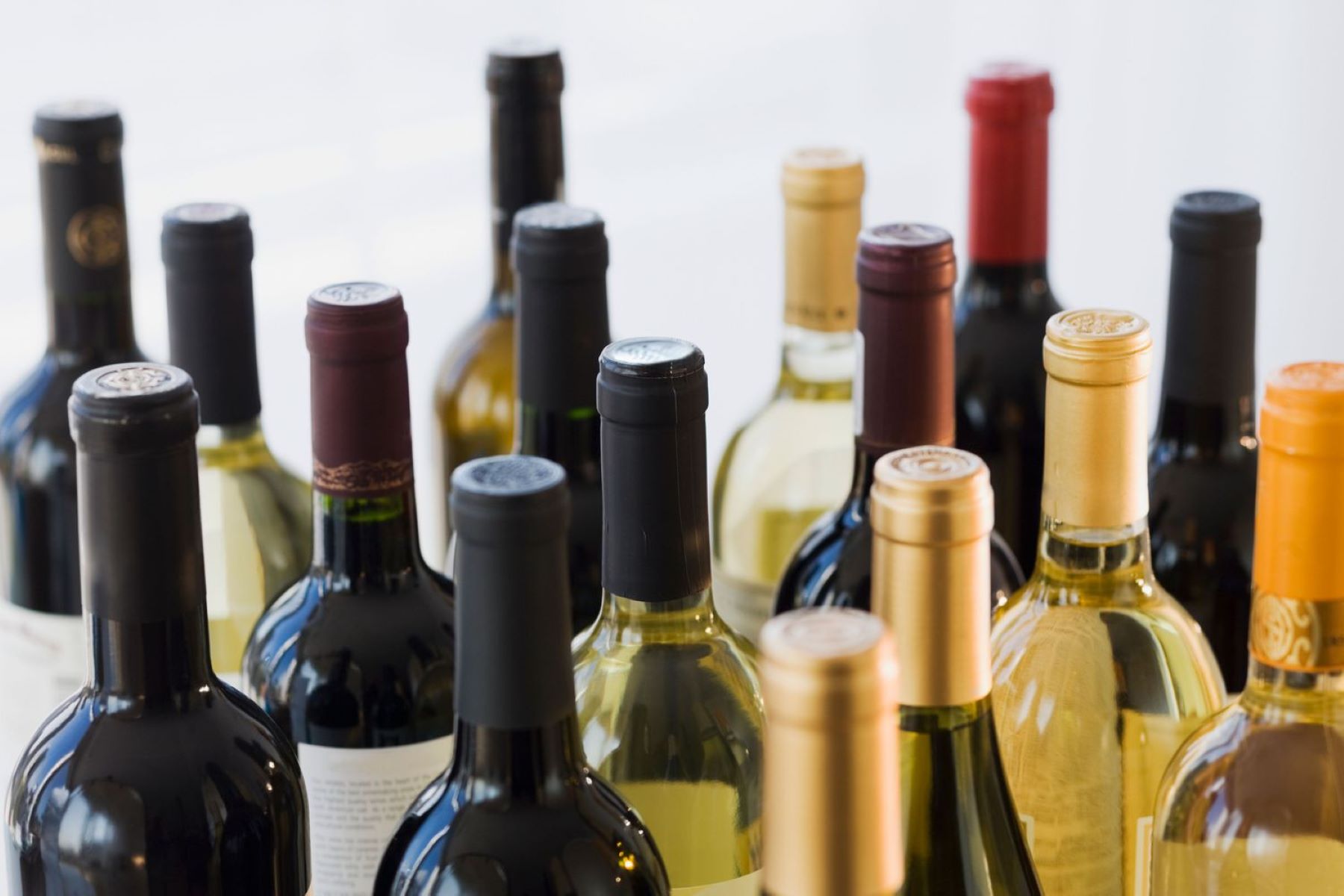
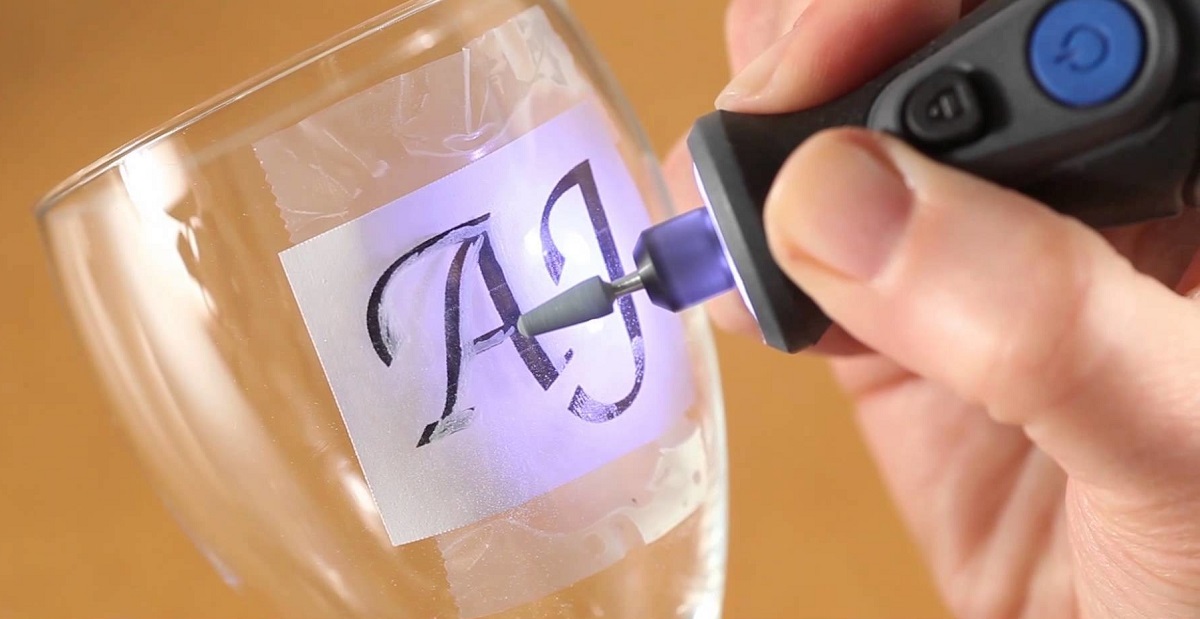

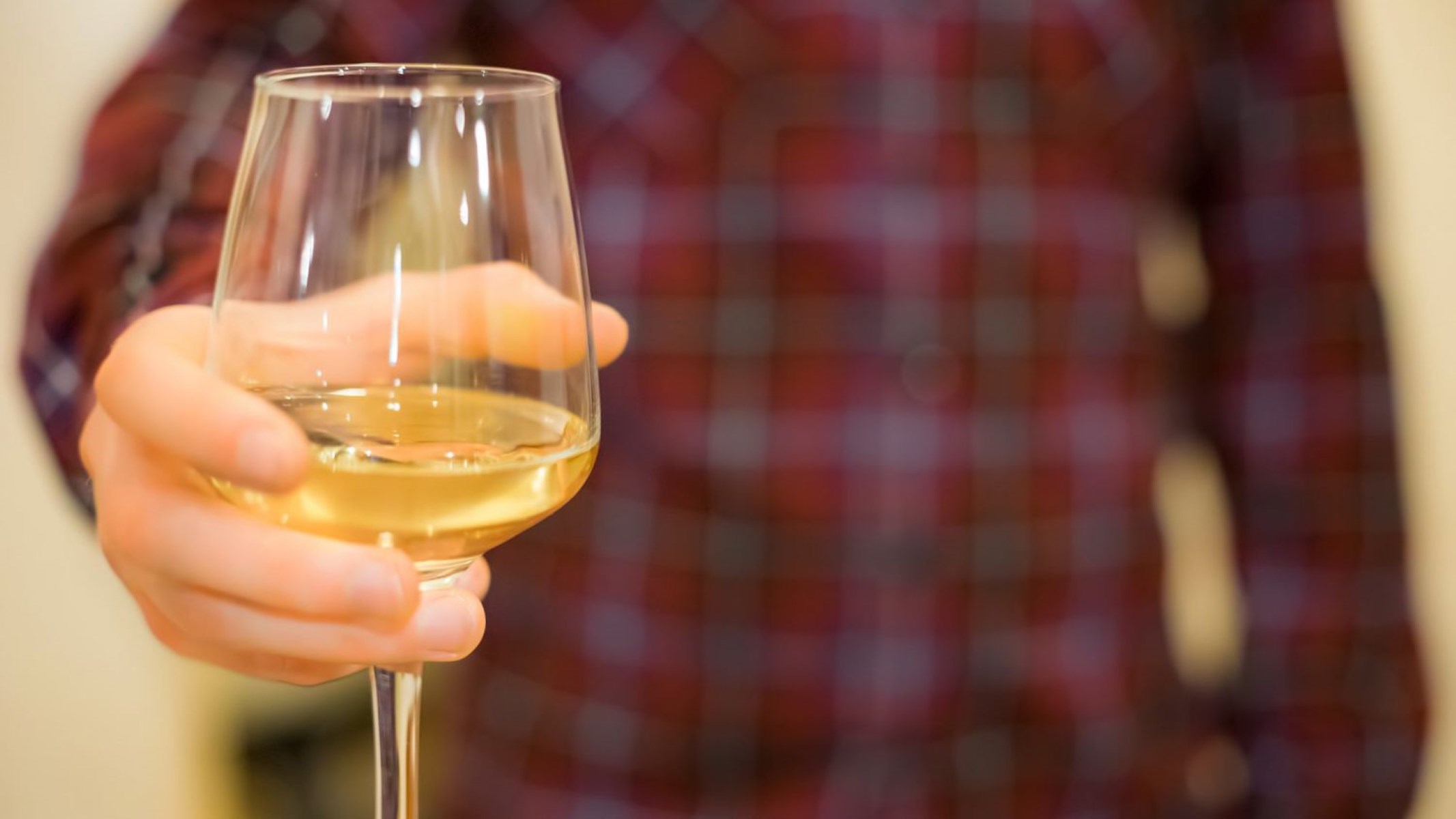
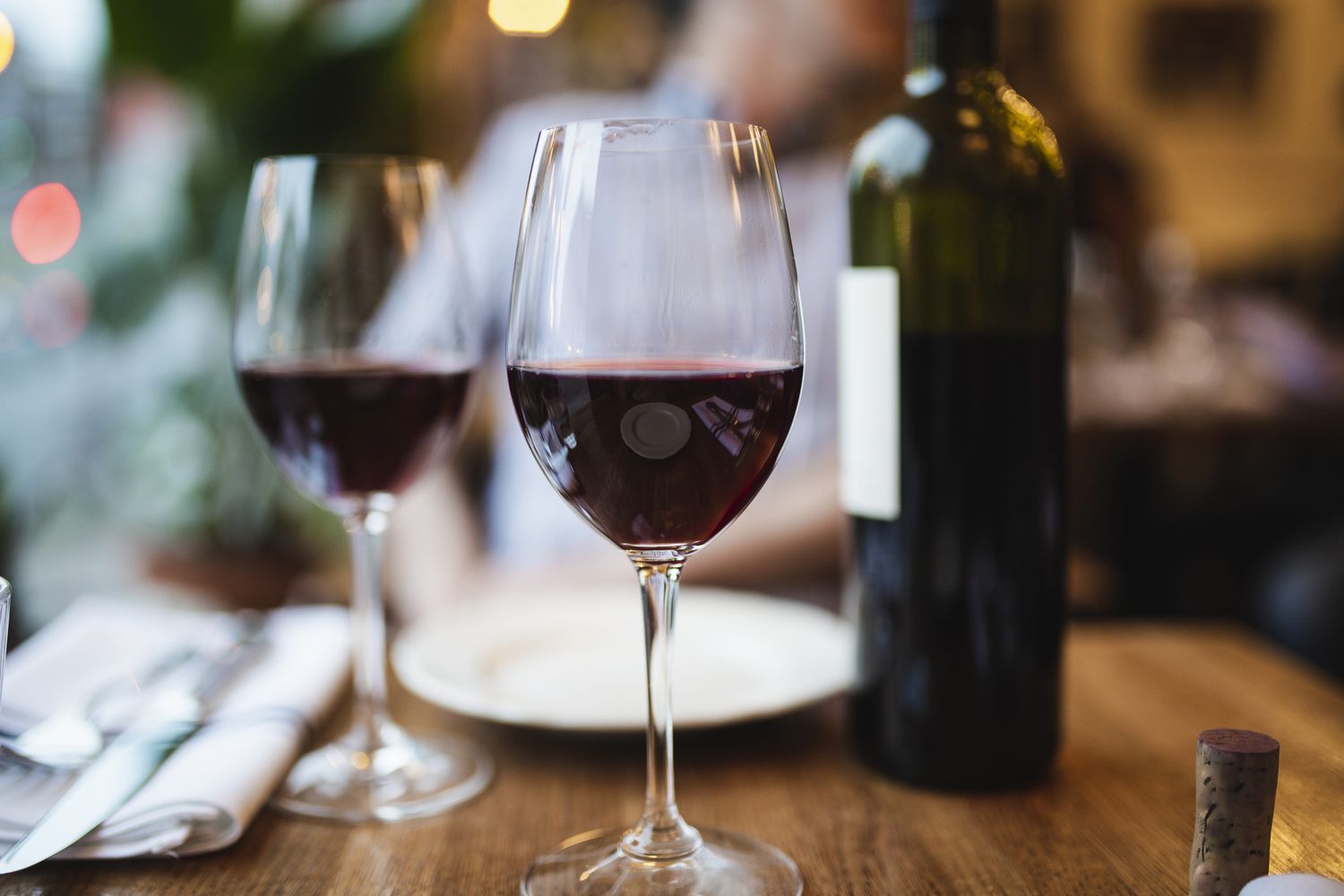
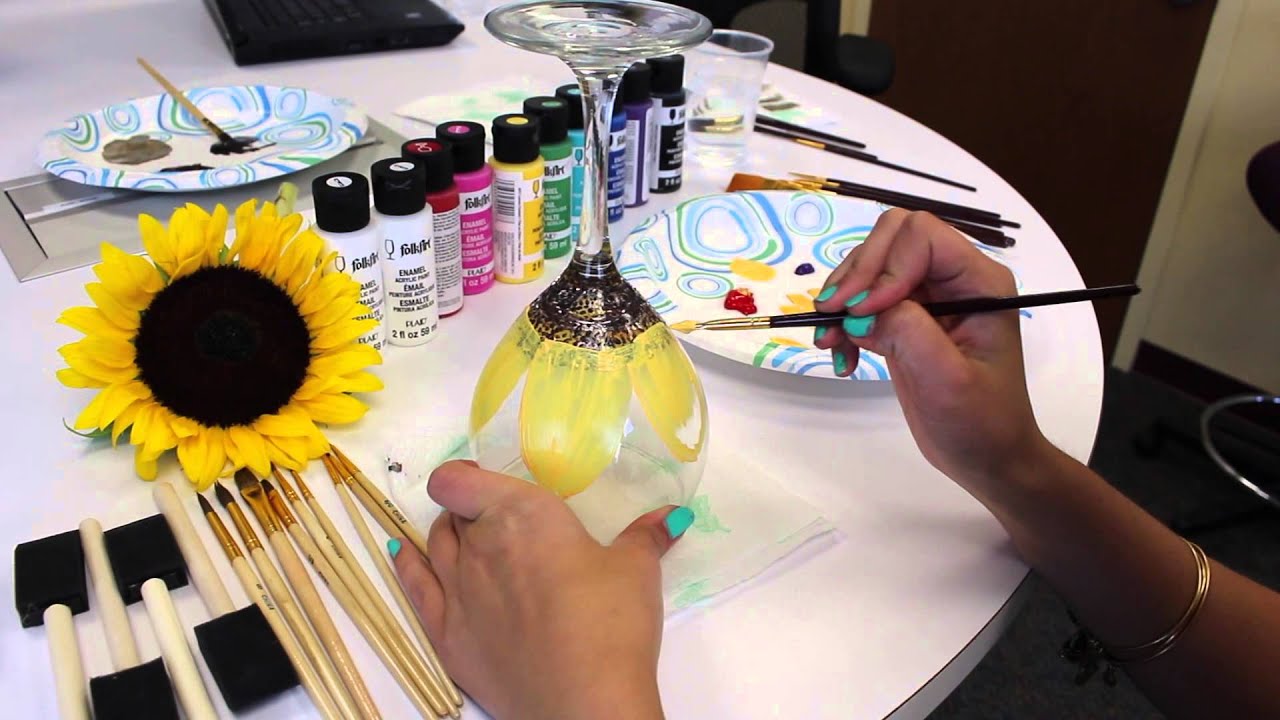
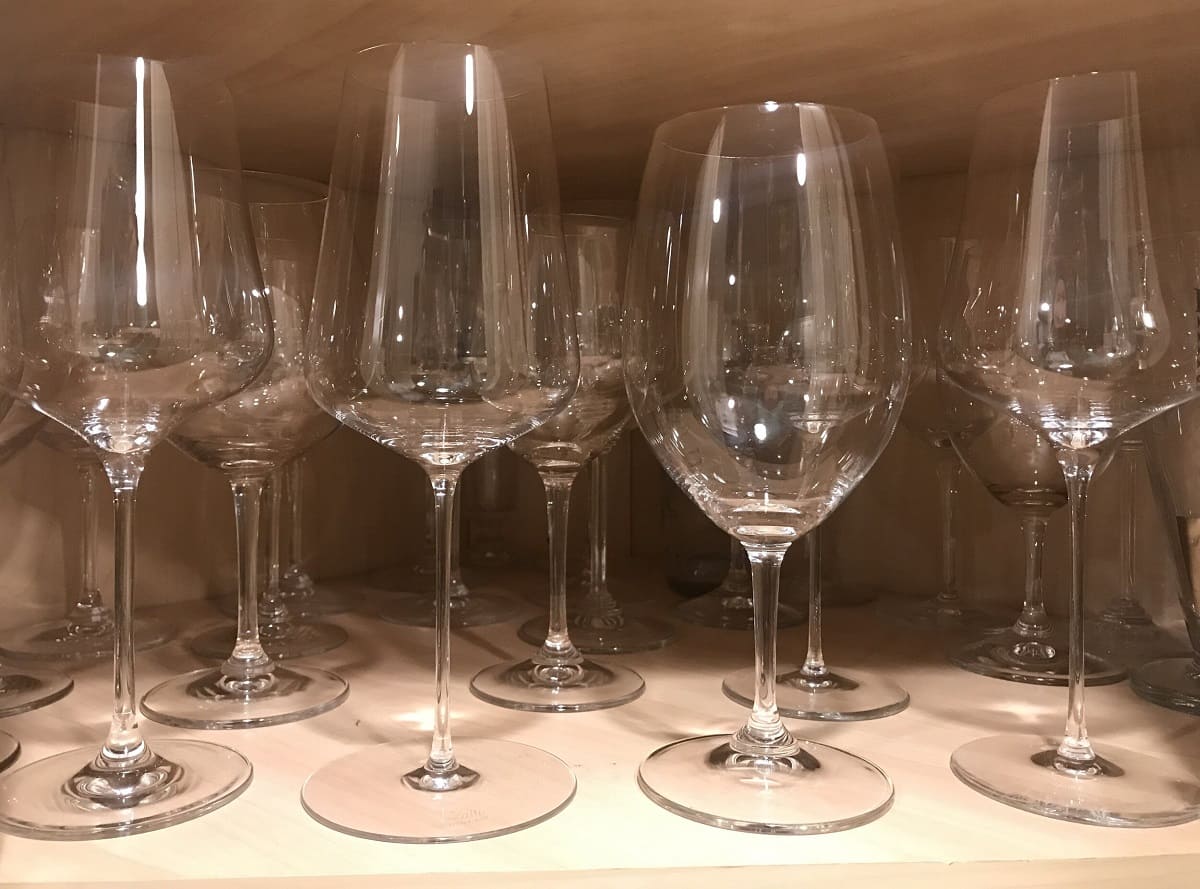
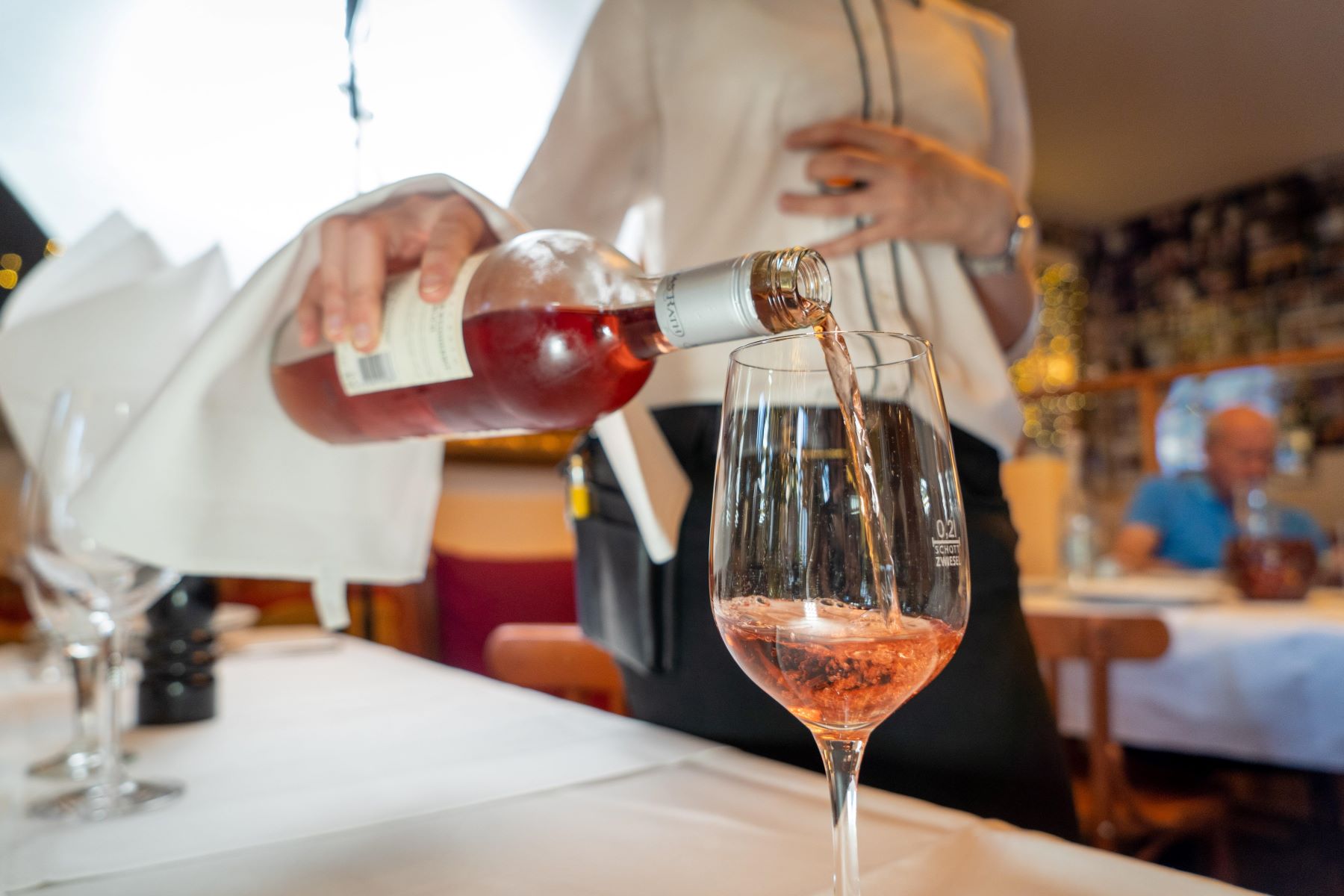
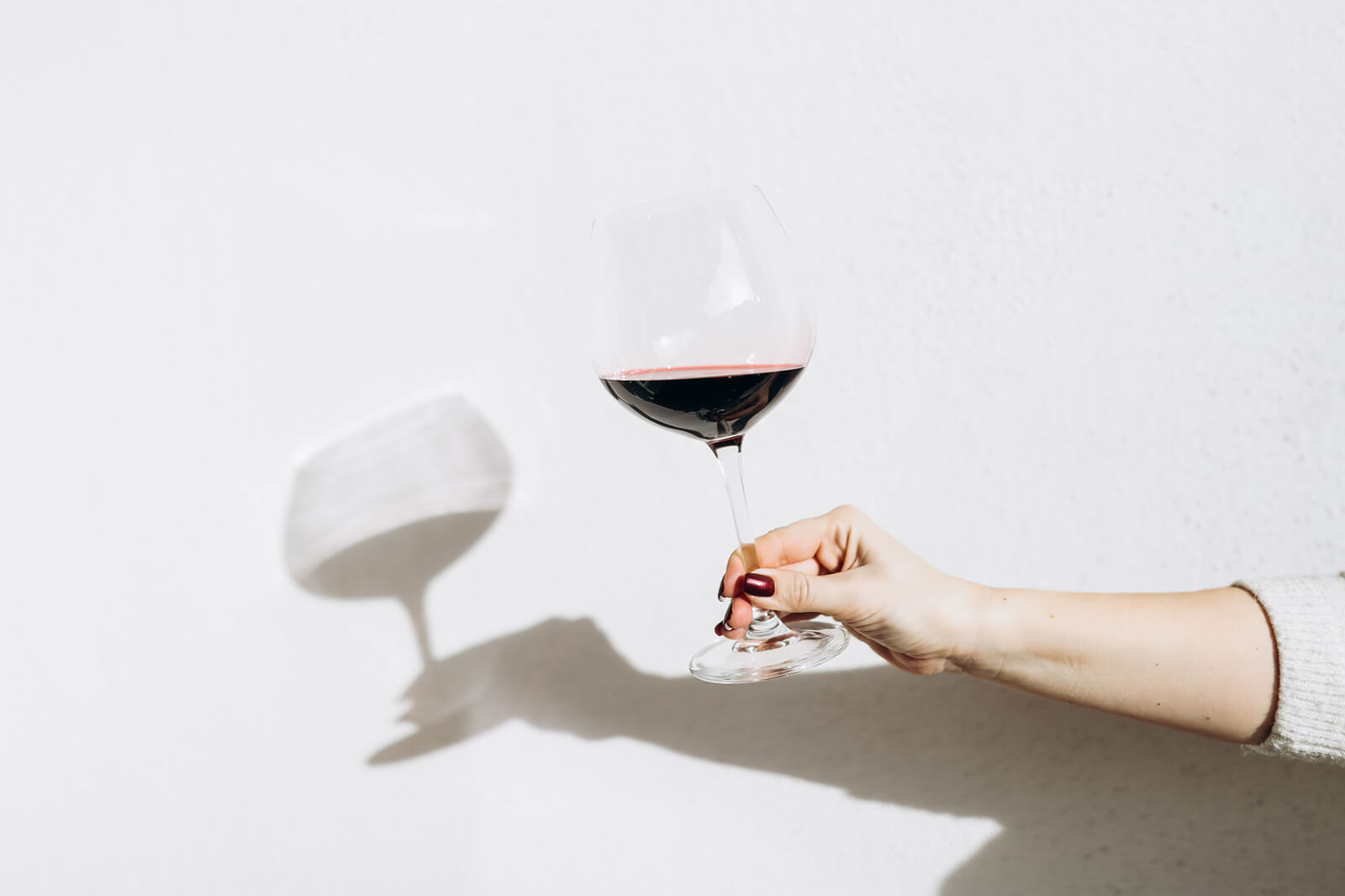
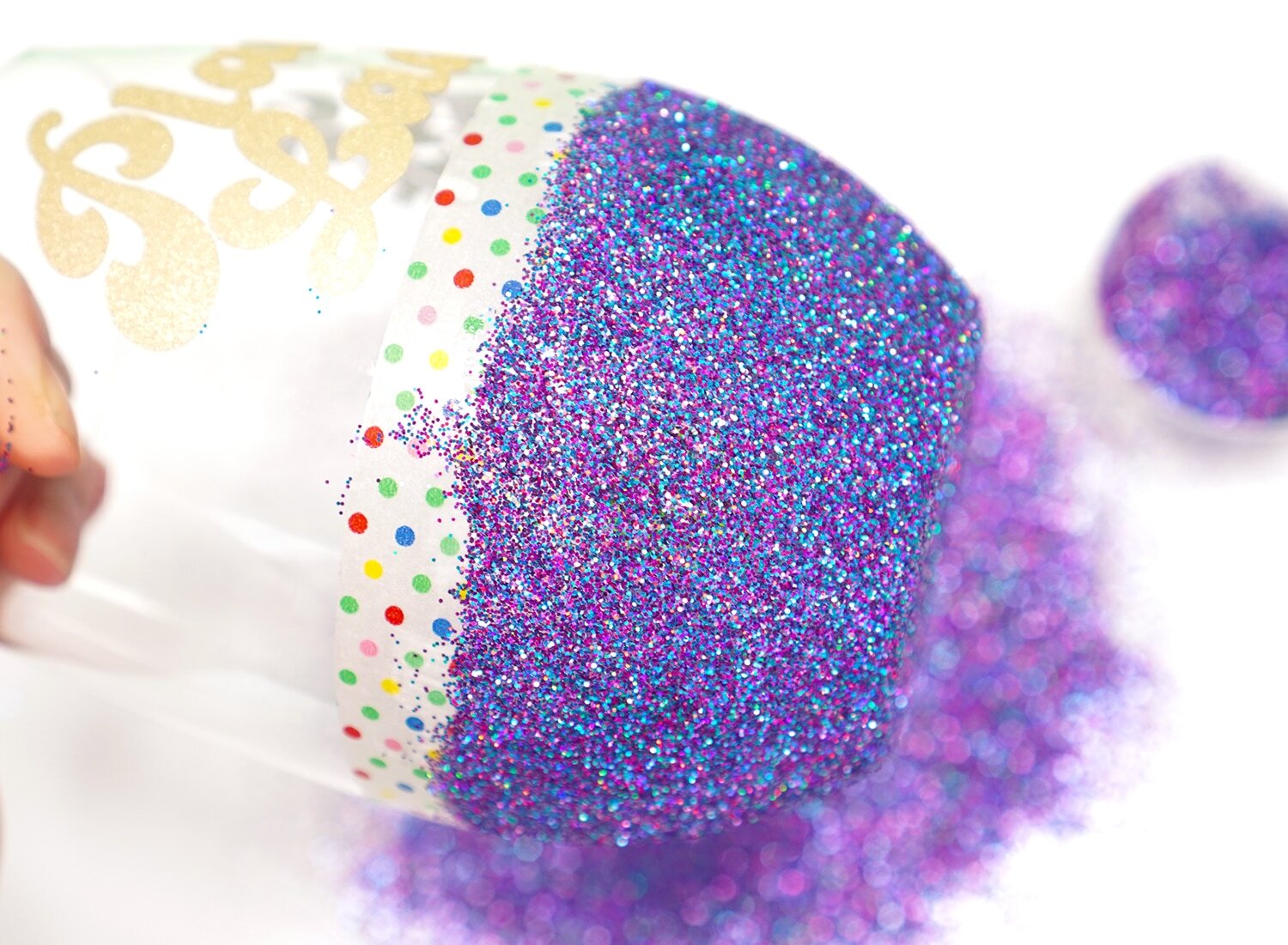
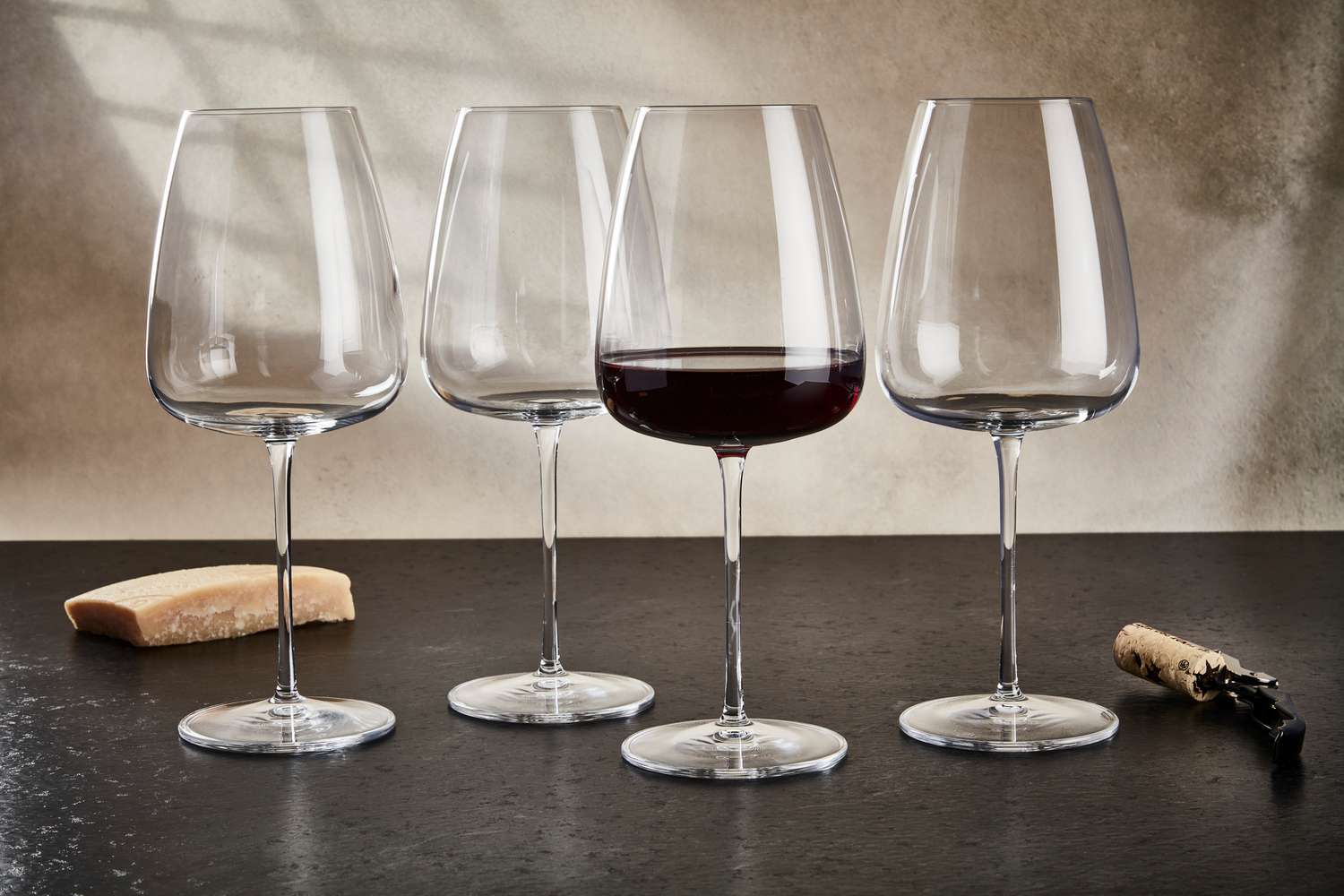

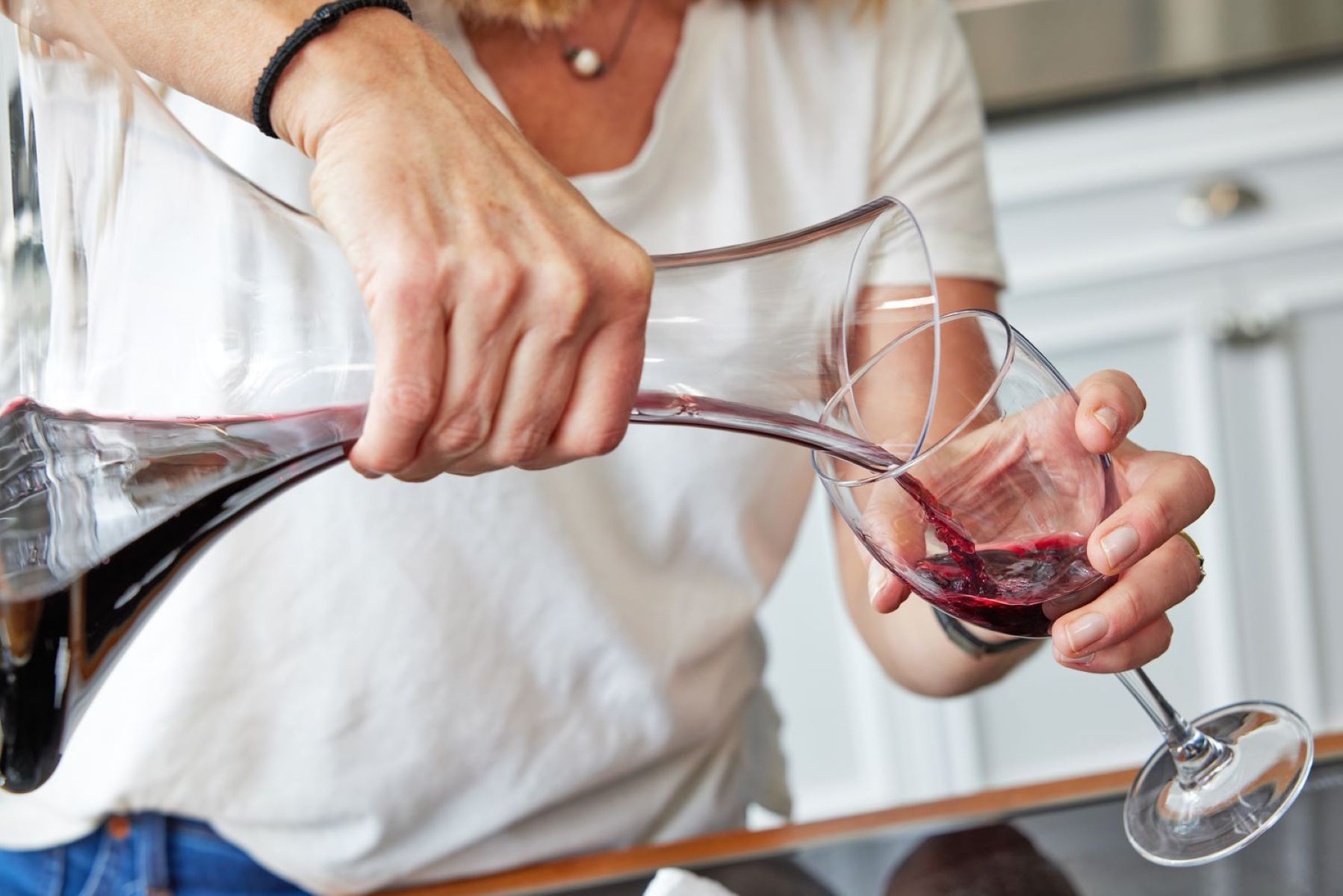

0 thoughts on “How To Clean Wine Glasses”